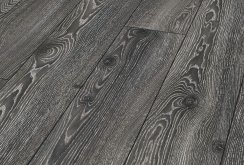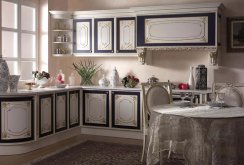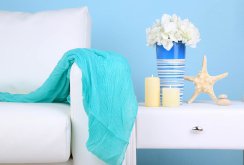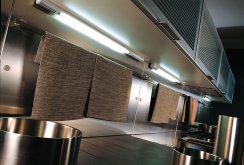Mattresses: main types, fillers, special products
Today, any catalog of mattresses will amaze with its species diversity. And the point is not in color, size or design, but in particular in functional features and various nuances. A small overview of mattresses and the study of basic classifications will allow you to better navigate the modern market.Basic classification
The development of new types of mattresses continues, but the classic types do not lose their popularity. Standard models of mattresses are usually divided into two global categories: spring and springless. The first models are divided into two types:- Dependent or “bonnel” - typical economy class mattresses;
- Independent type - products of a more complex type. Each spring is in a separate case. Such mattresses are better adapted to the contours of the body.
Types of Springless Mattresses
Most often, it is purchased with hard or elastic soft mattresses, as the best option in the price-quality ratio. Springless mattresses can differ from each other in a number of ways. The main varieties:- Mattresses based on latex (natural). These models are always distinguished by pronounced elasticity. They detail the contours of the body;
- Products from waterlatex, polyurethane foam, foam rubber, bilaxilast. Rigid, steady, durable models. Well ventilated. Recommended for people suffering from pathologies of the musculoskeletal system;
- Hard-layered models. It is better to use mattresses for light weight (not more than 100 kg). Otherwise, the canvas will quickly sag;
- Coconut mattresses. Very tough models. Doctors usually recommend natural canvases. The best option for newborns.
Special mattresses
Products for sleep can also be classified for their intended purpose. As a rule, these are very comfortable models that combine a lot of developments and innovations. The main types that you should pay attention to:- Orthopedic mattresses. Designed specifically to ensure that the spine during stretching is as extended as possible. The body is maintained in optimal position. The model is created by combining a complex foundation and a number of fillers. A special delicacy of orthopedic products is the presence of ventilation openings for free air circulation;
- Anatomical mattresses. In fact, this is one of the variations of orthopedic models. They more accurately distribute the load, thereby unloading the spine.A potential buyer can choose an anatomical mattress of the degree of rigidity that is preferred specifically for him.
Mattresses by type of fillers
In many ways, the functional potential and durability of the mattress determines the type of filler that was used in the manufacturing process of the product. The most common options are:- Natural latex (this is foam rubber, characterized by strength, flexibility, softness, but quite expensive);
- Coconut coir or Sisal (coconut fibers bonded with latex components are considered one of the toughest);
- Polyurethane foam (material of artificial origin, soft, durable, affordable);
- Memorform (an improved form of polyurethane foam, due to the increased “plasticine” viscosity);
- Periotek (fibers of wool or cotton, vertically oriented, similar to felt, but much more magnificent).

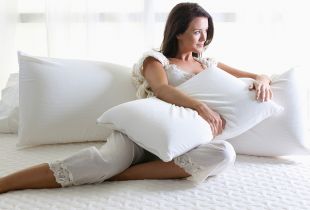 How to choose a mattress: useful tips
How to choose a mattress: useful tips
